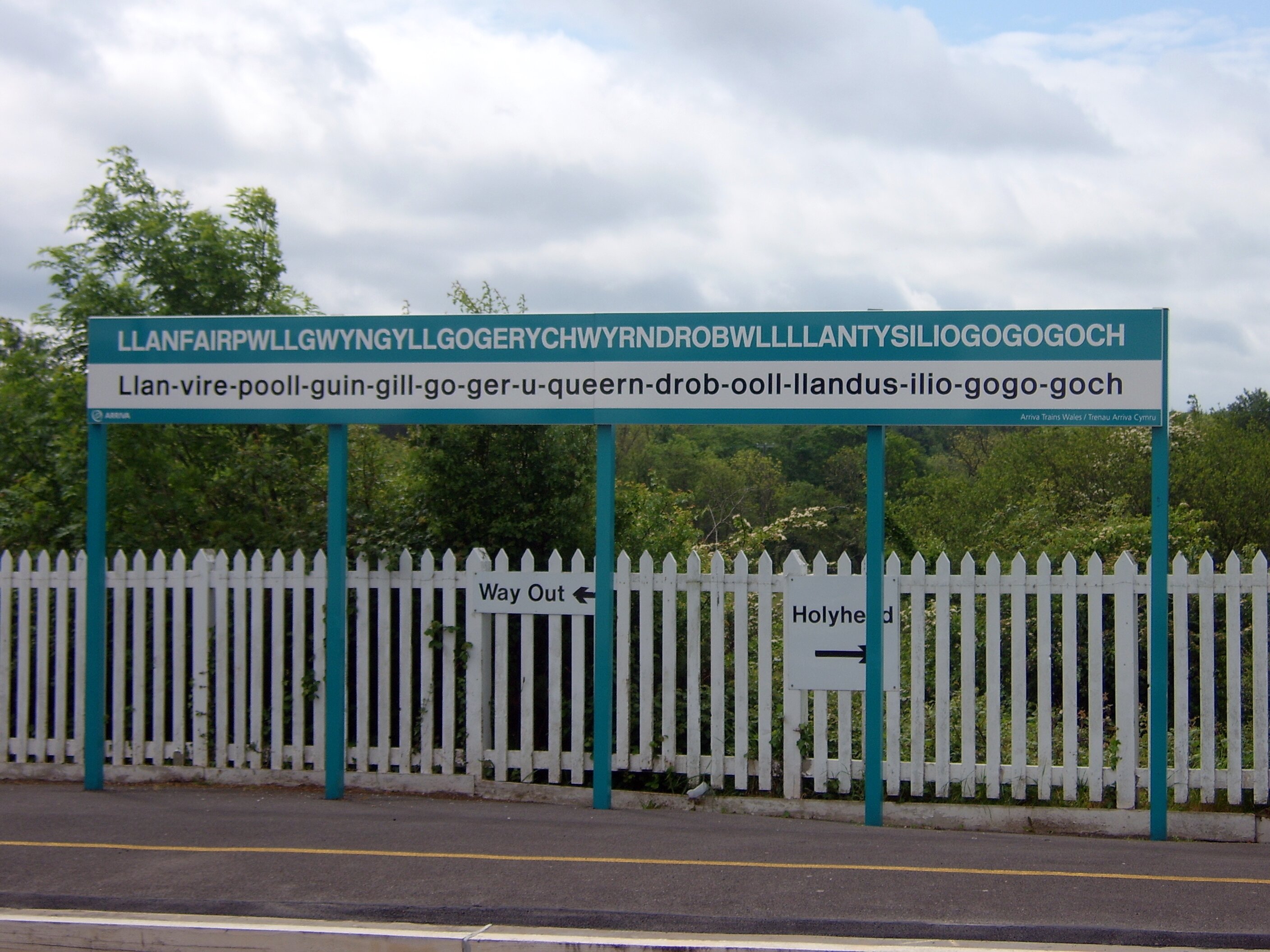Urban mobility in Cardiff and how public transport apps like Moovit can help

by Alex Torres, September 18
Until recently, the most famous railway station in Wales was Llanfairpwllgwyngyllgogerychwyrndrobwllllantysiliogogogoch. It’s the longest officially recognised place name in the UK and practically impossible to pronounce for anybody who’s not native to Welsh.
But having an inordinately long name isn’t the only way to get a famous station in Wales these days. Last month, Cardiff was recognised as one of the top 10 busiest railway stations in the UK. It doesn’t quite have the same cache of the aforementioned station, but it’s equally significant and, while one is indelibly linked to Wales’ proud and historic heritage, the other is a cornerstone to its future growth and development.
Only last month, Wales Office minister Alun Cairns announced plans to extend the Cardiff tech hub to encourage more tech start-ups. This is a sign, if one were needed, that the technology sector in Wales is growing rapidly. It’s creating jobs, boosting economic growth and helping establish its position as a hub of excellence in the UK. Nowhere is this more clearly demonstrated than the people it is attracting and how they are moving around the city.
Advances in urban mobility have been happening across Wales for some time, and the rise to prominence of Cardiff as a rail destination is an indicator of this. In an increasingly connected environment, Cardiff has now become the focal point for a range of new mobility tools such as car sharing and increased use of public transport apps.
One such app, Moovit, cites Cardiff as a UK hotspot for millennials (its users) who have grown up on a diet of having things quicker, faster and simpler than ever before. The app collates train and bus timetables alongside other public data, as well as crowdsourcing information from its users to provide real-time directions and instructions about the best and easiest way to get from A to B.
In Wales, it’s coming close to 10,000 users and currently adding 1000 new users per month as word gets out. The app covers all local bus transport in Wales and all National Rail network trains. The main agencies in terms of usage are: Cardiff Bus, Newport Transport, First Cymru, Stagecoach and Arriva. Many buses in and around Cardiff also have real-time (Cardiff Bus company) as well as some in more rural Pembrokeshire. This enables Moovit to report live on times.
It’s these innovative mobility services, when complemented with infrastructure investments like real-time traffic management, public charging networks and smart parking systems that are helping place Cardiff as a barometer of success when it comes to helping reduce emissions and congestion. The long-term ideal being that, as a result of increased urban mobility, Cardiff will be a place where its residents and visitors take advantage of many clean transportation options that meet their immediate need.
Nowhere will its progress be more measured than later this month, when tens of thousands of people will descend on the city to watch Wales take on Uruguay in the Rugby World Cup – one of several games taking place at the Millennium Stadium over the course of the tournament. The question as to whether getting in, out and around the city will be an unruly scrum remains to be seen, but one thing is for sure. Cardiff is as equipped as any destination to show the world that Wales doesn’t just have a slick, efficient and well-drilled rugby team, but it’s transport networks are pretty good too.
Alex Torres is an entrepreneur, product and marketing professional with vast experience in B2C and B2B products. He recently joined public transport app company Moovit as its vice president of global product marketing.
Image credit: Neil Turner